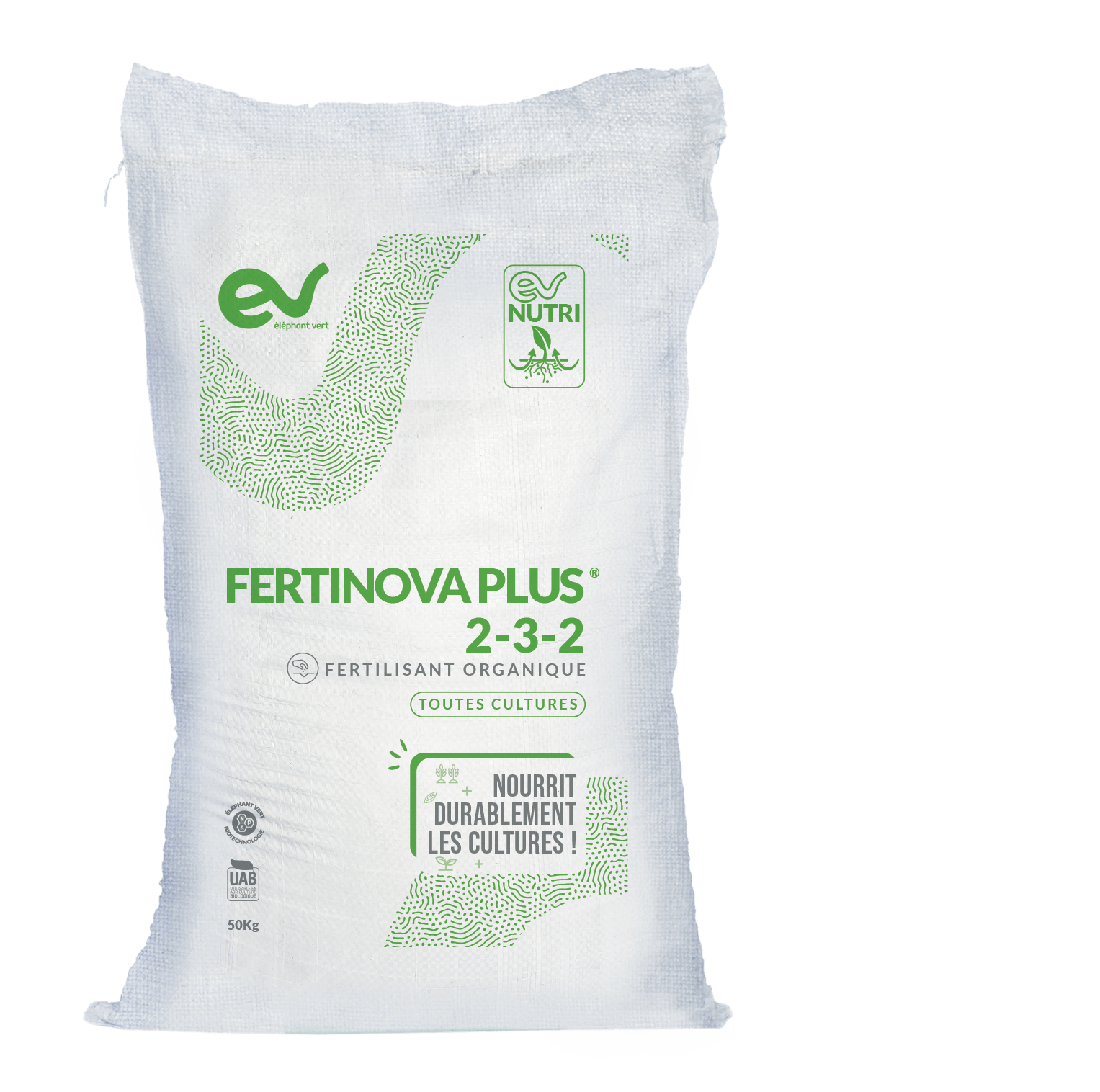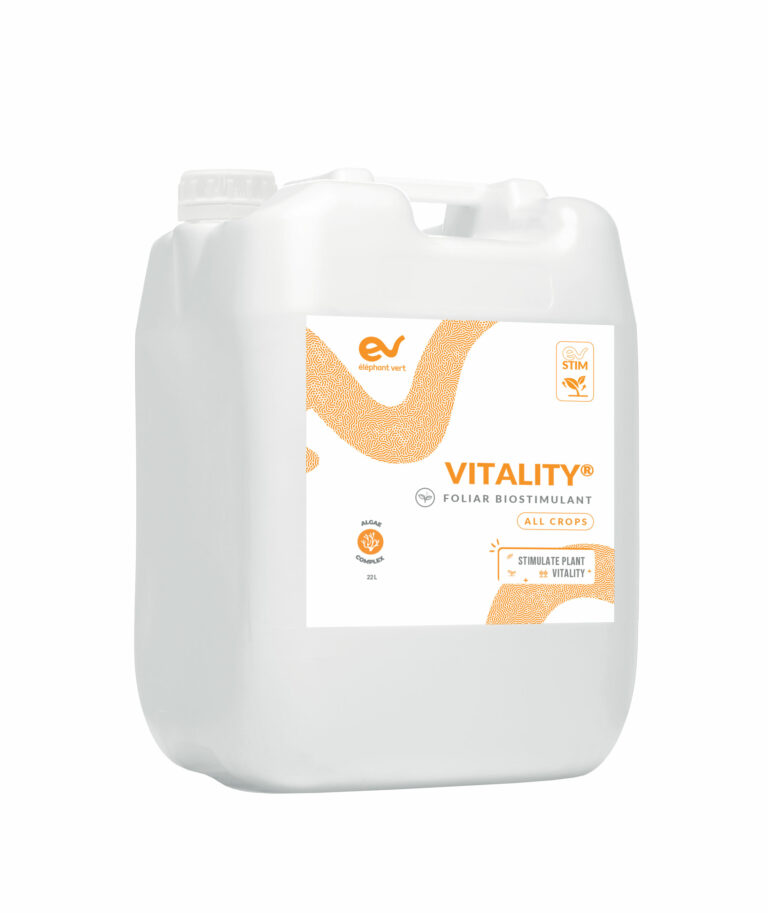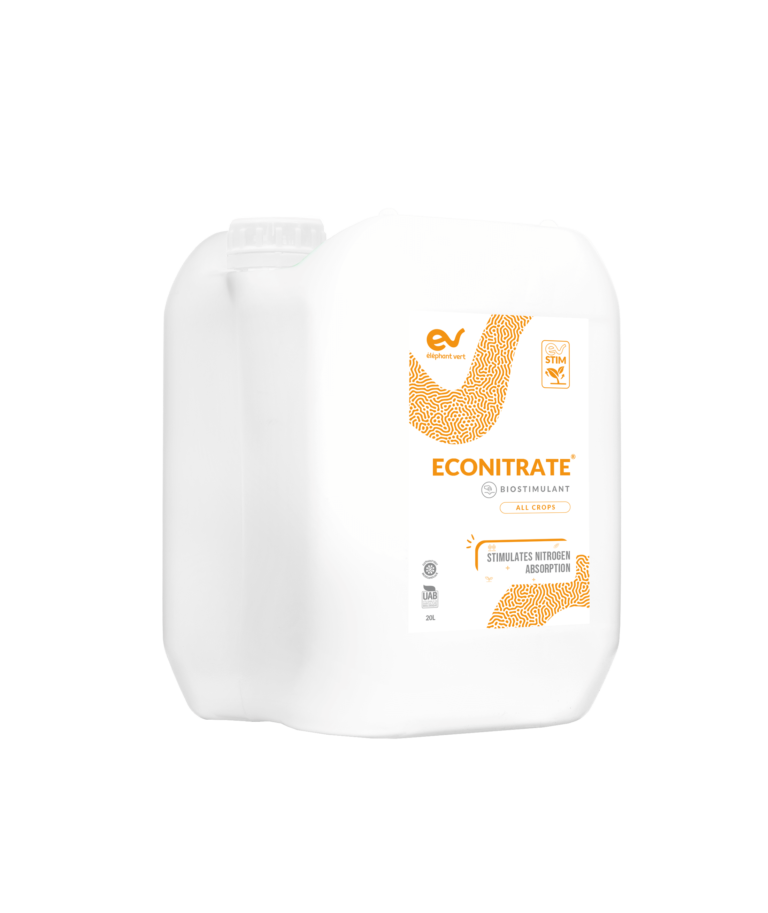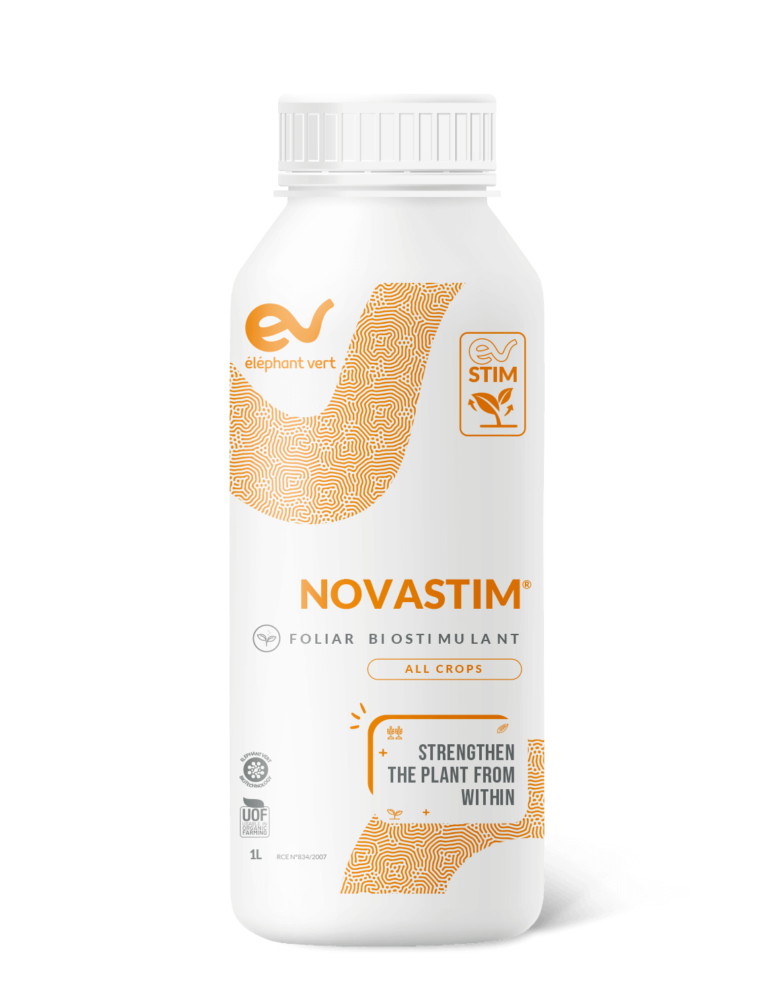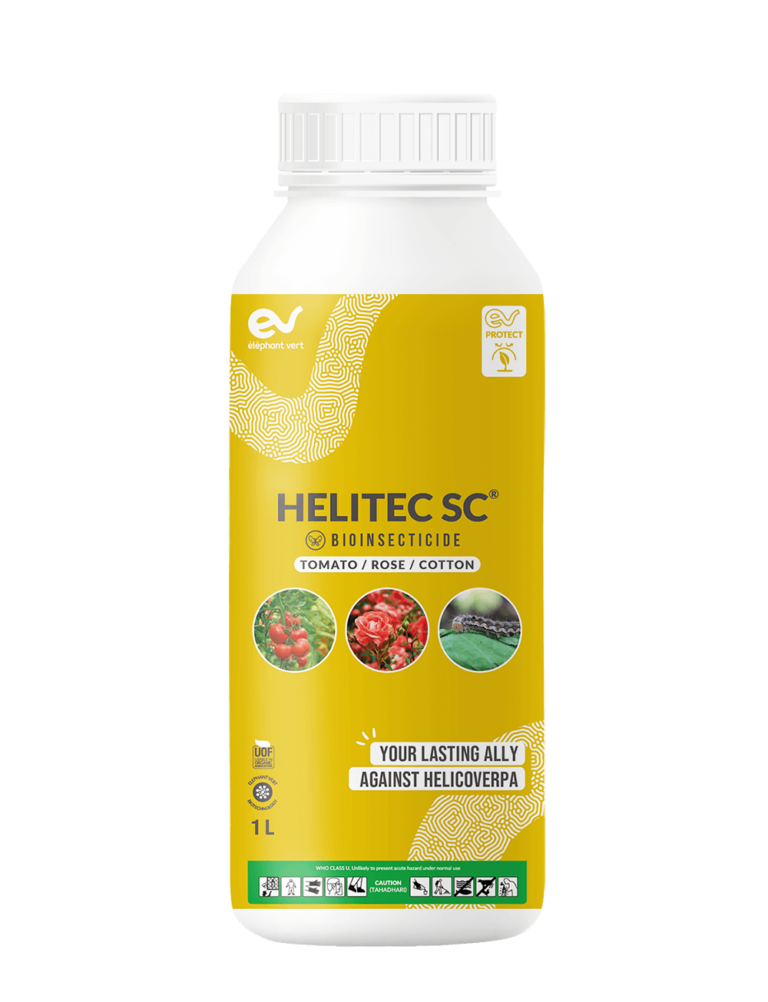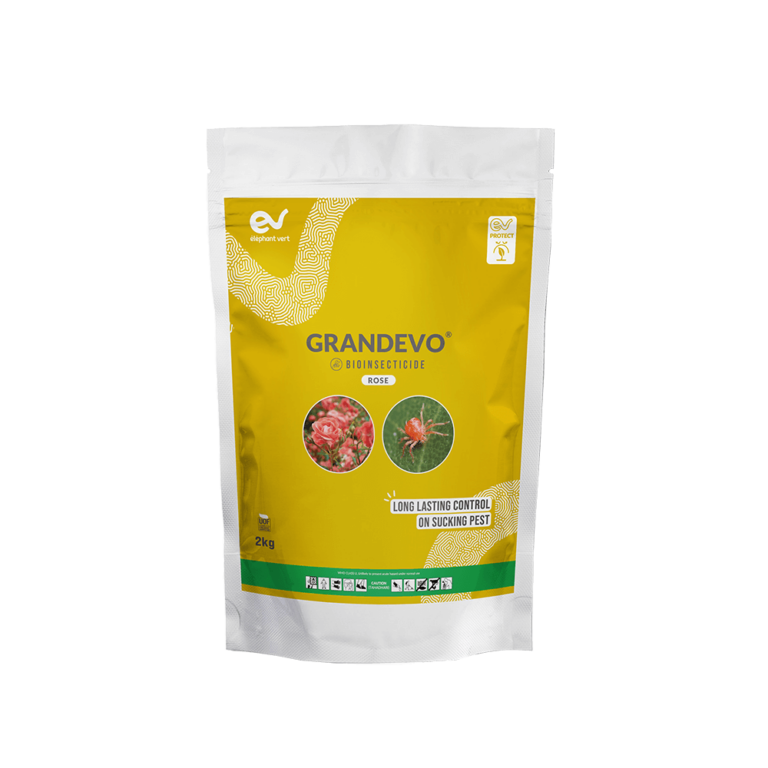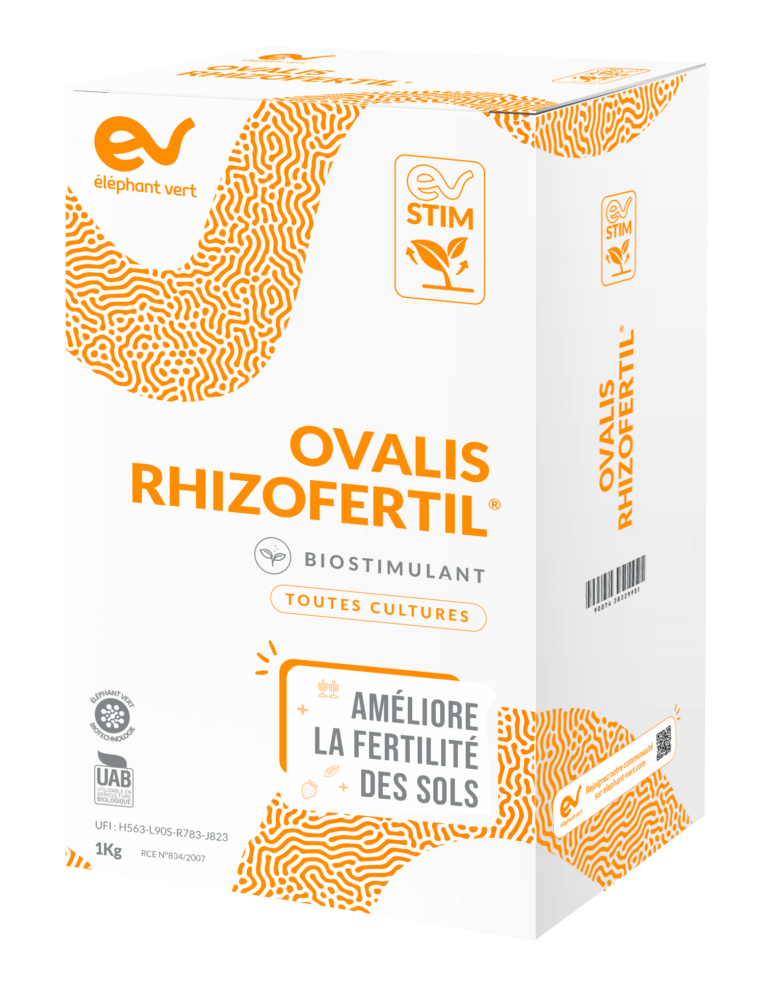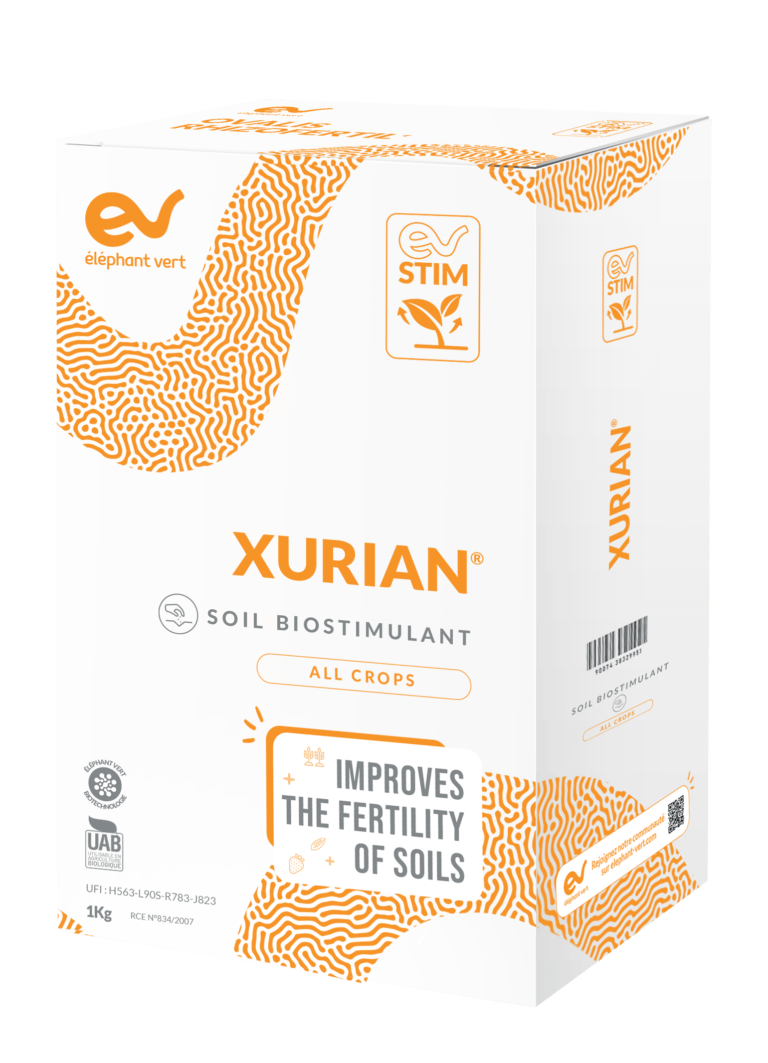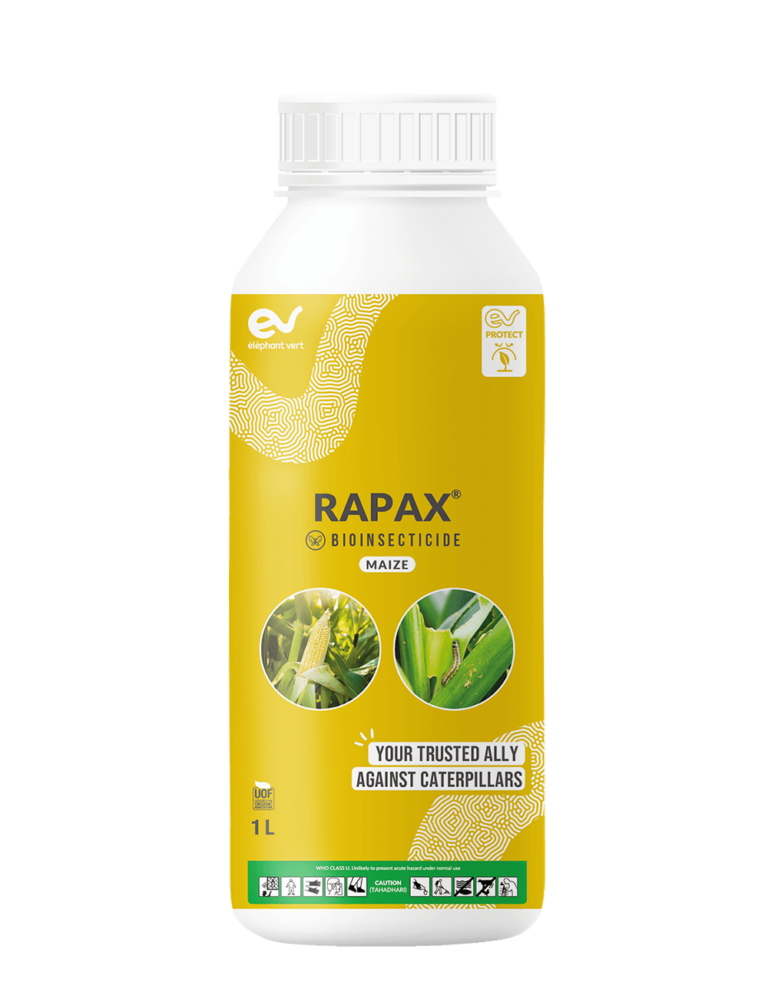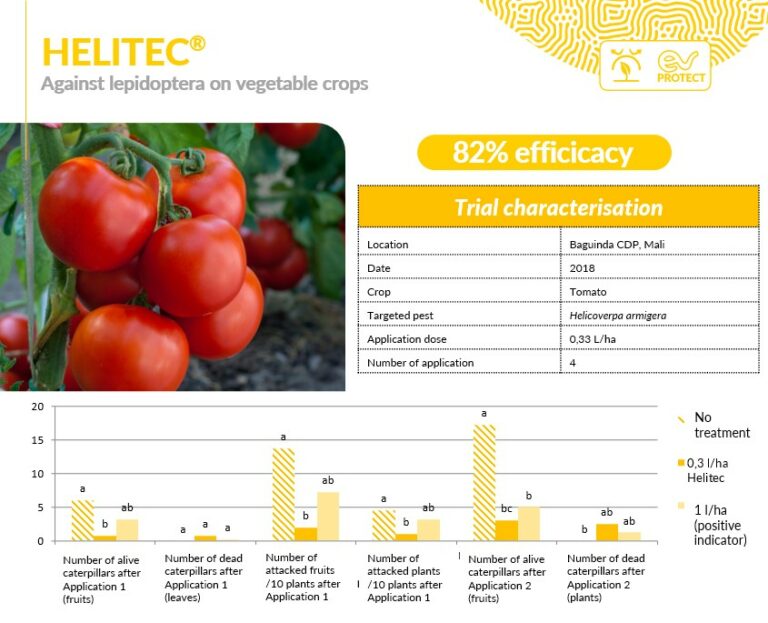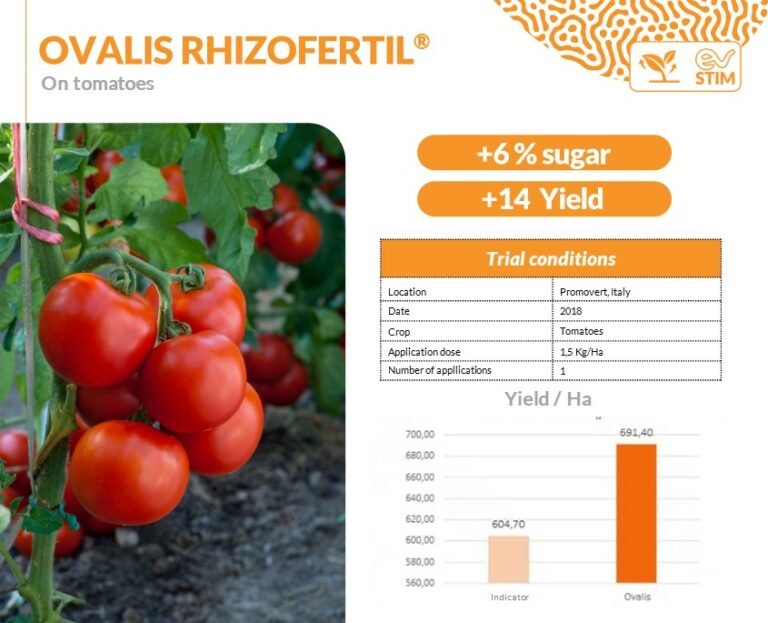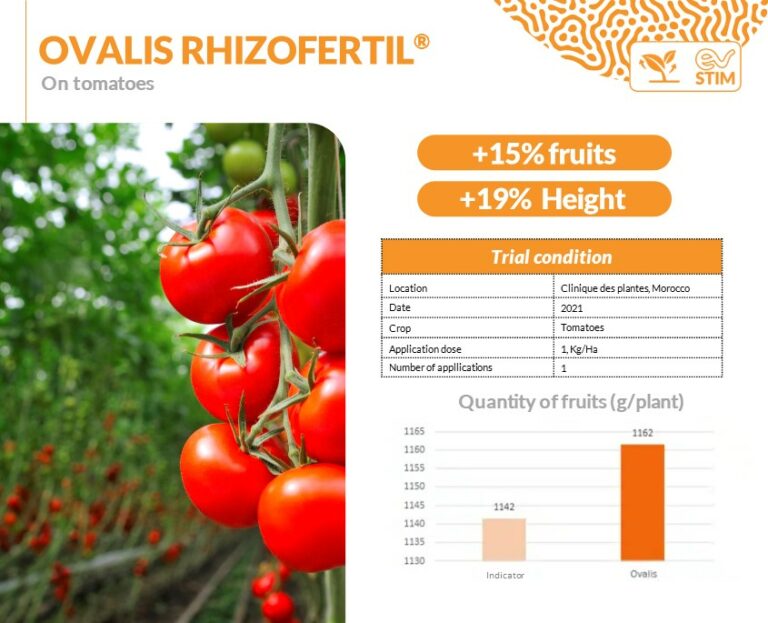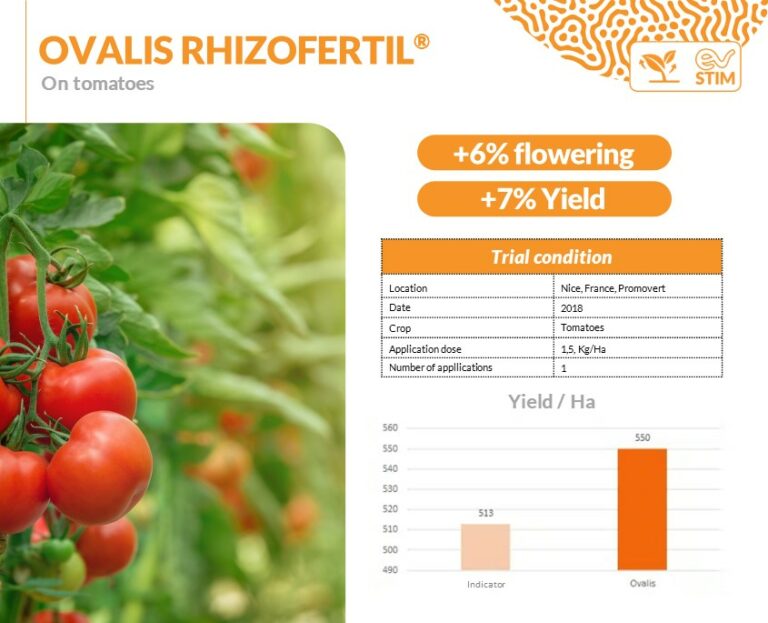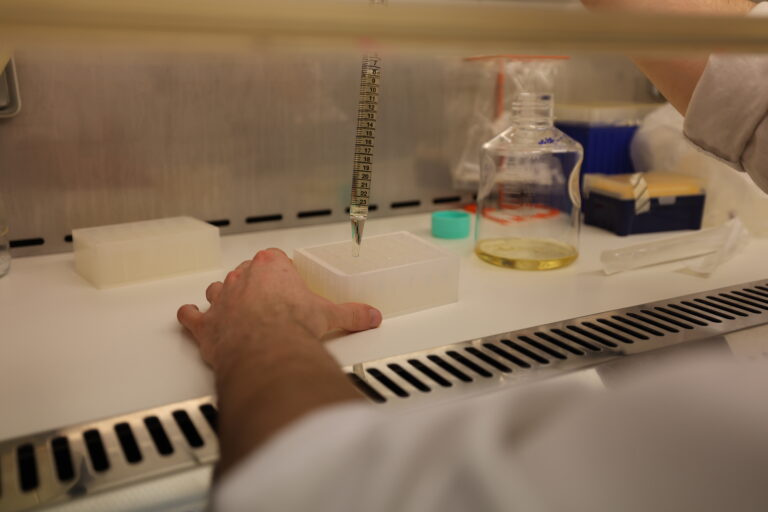
Tomatoes
182 million tons of tomatoes are produced today worldwide.
This crop has exploded in the last 40 years, mainly linked to Asian and African productions. China, India, and the USA are the top 3 producers worldwide.
The issue of performance is at the heart of the concerns and the EV tests are going in this direction.
EV solutions at different BBCH stages
Our Advices
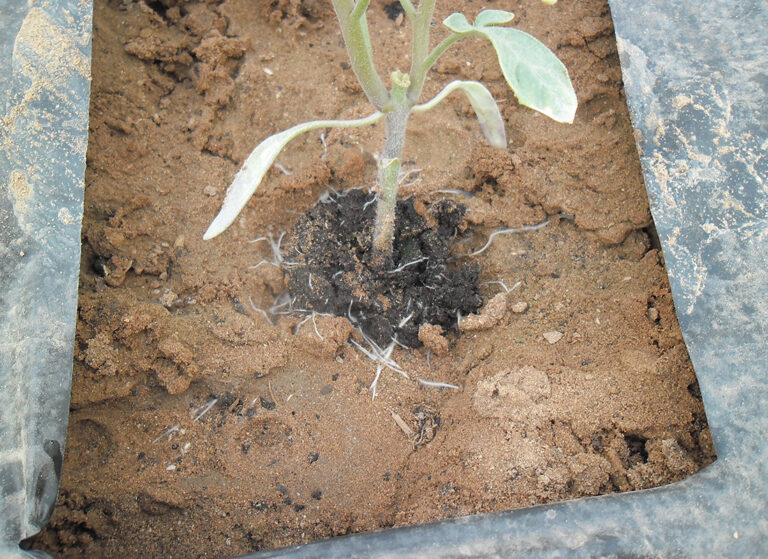
Background care
Tomatoes require well-drained soils rich in organic matter. Tomatoes respond very well to well-decomposed manure or compost prior to planting.
The first fertilization must take place before the preparation of the plot, in order to bury the fertilizer in the soil by locating it at the place of the future tomato rows. This is known as background care. Our Fertinova ranges are particularly suitable.
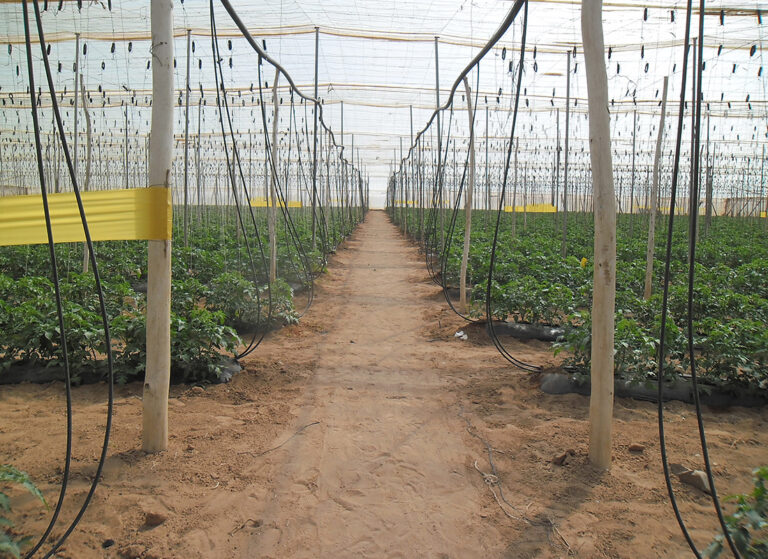
Crop protection
Tomatoes are particularly susceptible to a number of diseases for which there are no curative treatments, such as bacterial and viral diseases.
It is therefore important to use disease-free seeds when planting the crop, to disinfect the support of the young plants in the nursery, to select plots of land that have not been planted with solanaceous crops for at least two years (importance of the rotation system), to uproot and burn any plant showing symptoms of wilting or malformation.
It is advisable to treat your plants on a weekly basis. Helitec, Rapax and Grandevo are three products recommended by EV.
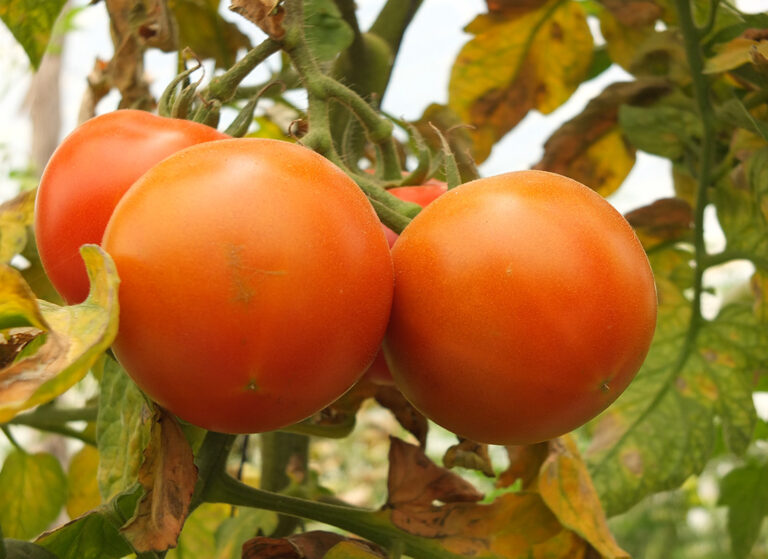
Maximising harvests
In addition to regular watering, the addition of a biostimulant at the time of fruit development is recommended to increase yields: more fruit, larger size.
The biostimulant Ovalis is particularly recommended because of its general effectiveness on the rhizosphere.
Insects and diseases
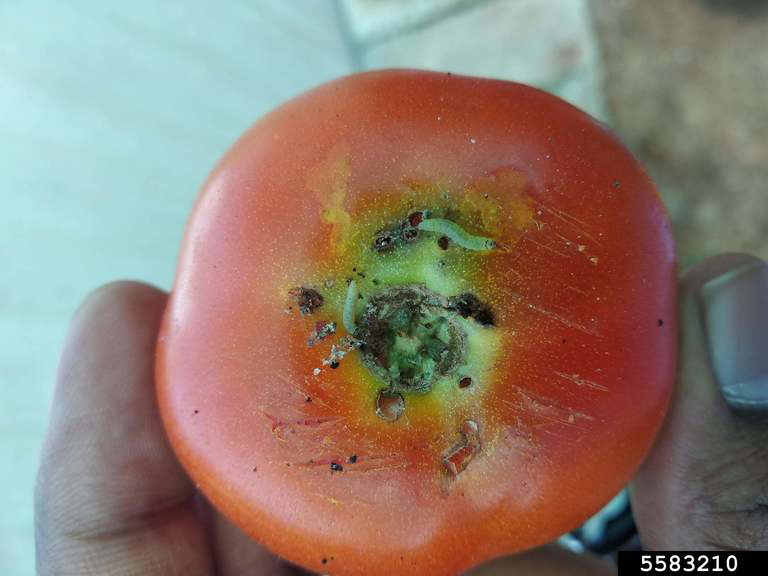
Micro-Lepidoptera pass by 6 different larval stages before becoming a small butterfly...
Micro-Lepidoptera passing by 6 different larval stages it becomes a small butterfly with yellowish brown wings for females and greenish gray for males.
Caterpillars create holes in the leaves and fruit. Grandevo is the solution proposed by EV.
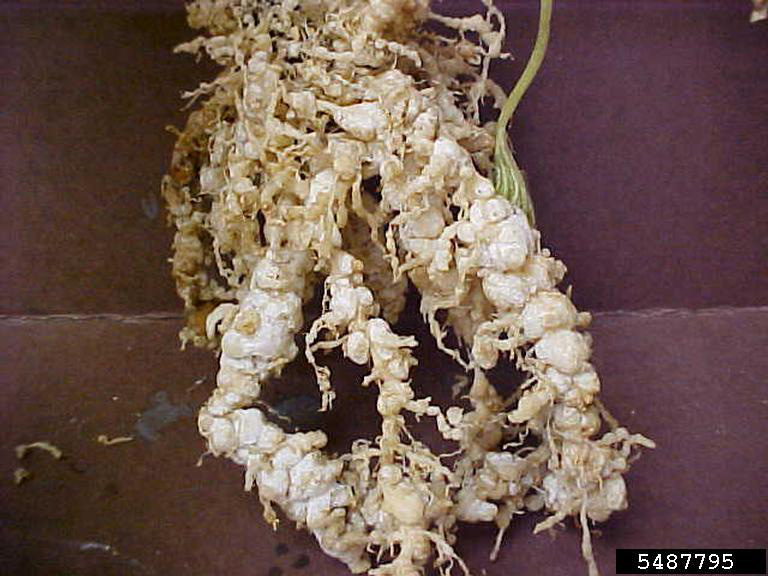
Roundworms with a stylus that allows them to pierce the walls of root cells...
Roundworms with a stylus which they use to pierce the cell walls of the roots of host plants, they infect the roots of plants (small balls and visible rootlets) causing deficiencies, yellowing and wilting of leaves, reduction in the size of fruit.
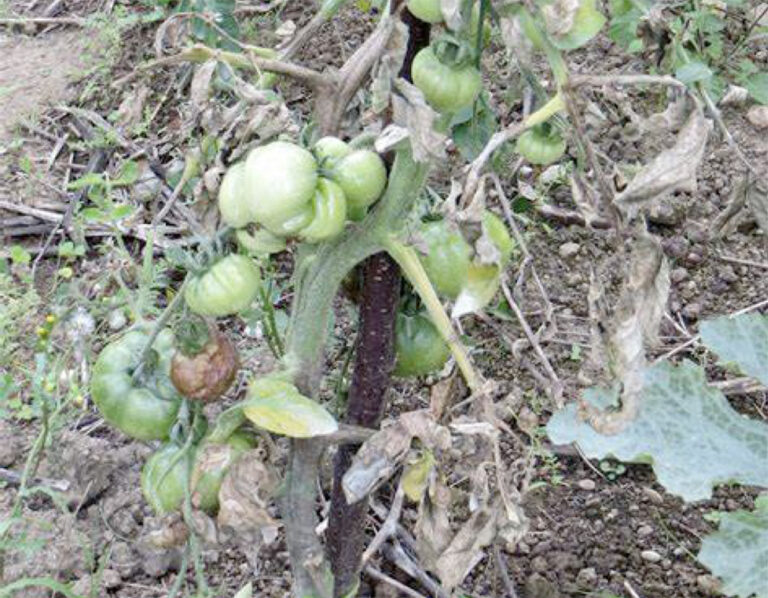
This disease generally appears following too much humidity...
This disease usually appears as a result of too much humidity.
Spots appear on the leaves: first yellow, then brown, with a whitish down on the underside.
Spots are also present on the stems as well as on the green fruits, rotting them rather quickly.
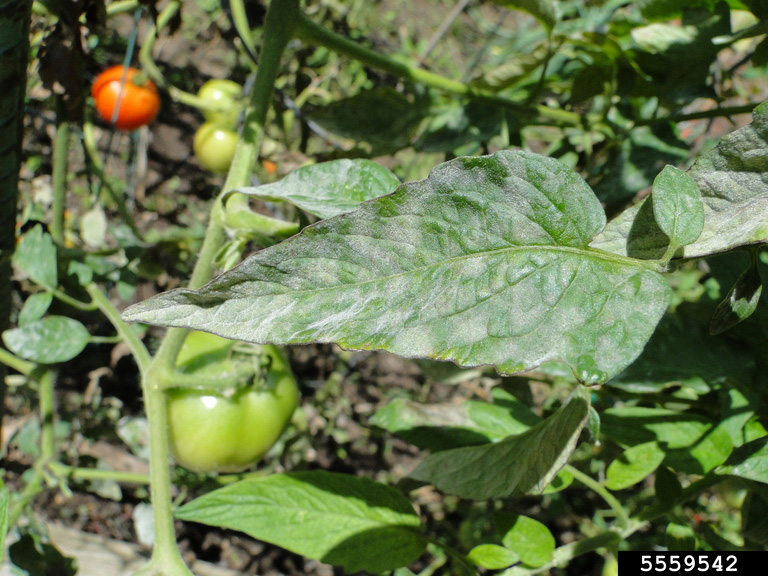
This disease concerns mainly greenhouse crops...
It can be internal or external, and due to too much humidity associated with temperatures between 20 and 25 degrees.
Internal powdery mildew is characterized by spots on the leaves followed by a whitish powdery development before necrosis.
External powdery mildew is a white powdery patch on the upper side.
Our Products
Our latest news
JOIN OUR COMMUNITY
And receive our news every quarter. Innovations, seasonal products, crop advice and commercial animations for an efficient and sustainable agriculture.
Your email is only used to send you our newsletters. You can use the unsubscribe link in each email at any time. To learn more about the management of your data and your rights, you can consult our Privacy Policy
- Offer farmers high-performance and accessible biosolutions
- Contribute to the development of sustainable agriculture and the ecological transition
- Generate a positive environmental and societal impact
Your email is only used to send you our newsletters. You can use the unsubscribe link in each email at any time. To learn more about how we manage your data and your rights, you can read our Privacy policy.
